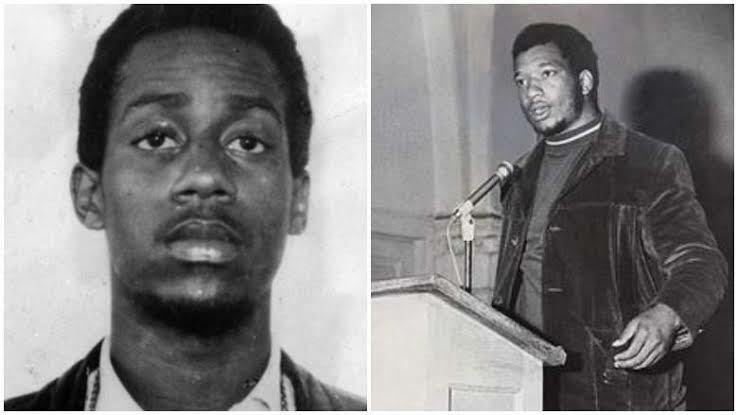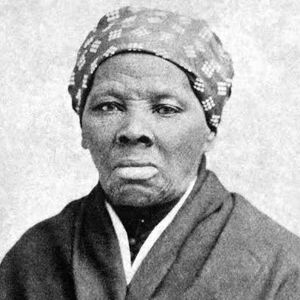 In Illinois, where Fred Hampton had been born to parents who had come from Louisiana, the police constantly harassed people who looked like him. Access to social goods too was made difficult, if not curtailed, in the areas with heavy black populations. The Black Panther Party was consequently for Hampton, a natural home.
In Illinois, where Fred Hampton had been born to parents who had come from Louisiana, the police constantly harassed people who looked like him. Access to social goods too was made difficult, if not curtailed, in the areas with heavy black populations. The Black Panther Party was consequently for Hampton, a natural home.
The party, a creation of Huey Newton and fellow student Bobby Seale, insisted on black nationalist response to racial discrimination. The party’s Illinois chapter was opened in 1967 and Hampton joined in 1968, aged just 20. At the time, he was also a member of the National Association for the Advancement of Colored People (NAACP) and even became the youth leader at the West Suburban branch in Chicago.
For the Black Panthers, Hampton’s charisma, leadership skills and intelligence began to show. So when Stokely Carmichael’s Student Nonviolent Coordinating Committee (SNCC) split from the Panthers in 1969, Hampton headed the Illinois chapter of the Panthers. Students of the history of the time believe Hampton could have moved further into national prominence from the state of Illinois had he not been killed largely thanks to William O’Neal.
Then a petty criminal, O’Neal was coerced by the FBI into helping them silence Hampton and the Black Panther Party. And he did just that when he infiltrated the party and provided the FBI with a floor plan of the Chicago apartment where Hampton was assassinated in 1969.
For the rest of his life, O’Neal was hated by some and commended by others as his role in the 1969 raid that killed Hampton and another Black Panther leader became known. And many believe that his guilt over his role as an FBI informant led to his death in 1990. O’Neal apparently walked in front of a speeding car which struck and killed him. His death was ruled a suicide.
But before his death, the mysterious O’Neal, who could play all the roles the FBI needed, seemed to say he had no choice but to take up such roles.
His journey to becoming an FBI informant began in 1966 when he was tracked by FBI Agent Roy Martin Mitchell after stealing a car and driving it across state lines to Michigan. Then in his teens, Mitchell told him he would forget about the stolen car charge if he agreed to work for the FBI and infiltrate the Panthers.
The Panther Party had then become infamous for brandishing guns, challenging the authority of police officers, and embracing violence as a necessary by-product of revolution. O’Neal agreed to infiltrate the party and when he got accepted, he served as the group’s chief of security. Reports said he even became in charge of security for Hampton and had keys to Panther headquarters and safe houses.
Unbeknownst to Panther leaders, O’Neal was at the same time serving as an informant for the FBI, feeding it with information. He eventually provided the floor plan of Hampton’s west-side apartment that was used to plan the raid that killed Hampton and his fellow Panther.
“I think he was sorry he did what he did. He thought the FBI was only going to raid the house,” Ben Heard, O’Neal’s uncle, said in 1990. When news about O’Neal’s work with the FBI spread, he entered the federal witness protection program before later assuming the alias William Hart.
O’Neal hardly spoke of his undercover years but in a 1984 interview with the Tribune, one of his last public interviews, he mentioned that he “thrived” on his work with law enforcement though in the end, he realized he had been ”just a pawn in a very big game.”
His undercover role did leave him “restless, but without remorse,” he said. ”If you ask me if the gains outweigh the loses, I think so.”
”I think if I look back at myself . . . I say, if I had never met Mitchell I would probably be in jail or dead.
”If you ask me if Im a happy man, I’m not happy; no, I`m not even content.”
So how much was he paid for his work?
“Generally, I was paid, paid in cash, and normal amounts would have ranged from three to five hundred dollars depending on my needs. If I requested a specific amount, I knew that I could get it,” O’Neal said in a 1989 interview.
“But the payments were very infrequent, I mean, Mitchell determined, even Mitchell determined very early on in the game that spending money was the quickest way to blow your cover. Also, I was living in the Panther environment, I was living in a Panther house, which they called a crib, I was eating with them and sleeping with them, and I was with them 24 hours a day, so I had very little need for money, so I was always assured that my money was being held in trust, and that I could draw from it, draw down on it any time I got ready, or any time I had a legitimate need that wouldn’t compromise my security. I suppose at any point if I needed a thousand dollars or two thousand dollars from the FBI, I couldn’t have gotten it.”
Before his death, O’Neal worked for an attorney in downtown Chicago after secretly returning to the area in 1984 from California. He had then parted with his first wife and remarried with a five-month-old son but he kept to himself and hardly made friends.
The day before his death — a Saturday — O’Neal went to his uncle’s residence in Maywood to spend some time with him. On Sunday night, ”he kept going to the wash room,” his uncle Heard recalled. ”He stayed in there for a long time. The last time he came out he tried to go out the window. I pulled him back, but he broke loose and ran toward the expressway.”
“I just had my house shoes and pants on,” Heard said. “I couldn’t run after him like that. I couldn’t have caught him anyway. There was a woman standing in front of the house and she said, ‘Lord, it sounds like somebody got hit on the expressway!'”
And that was how a 40-year-old O’Neal breathed his last. Police said, “he ran down the embankment near 5th Avenue, crossed the eastbound lanes, and was struck by a car in the westbound lanes.”
That was the second time O’Neal had done that; he got injured the first time he did – in September 1989. ”The act (of being an informant) he committed was unjust and ignorant,” Bill Hampton, a brother of Fred Hampton, said in 1990. ”It’s something he tried to live with and couldn’t.”
